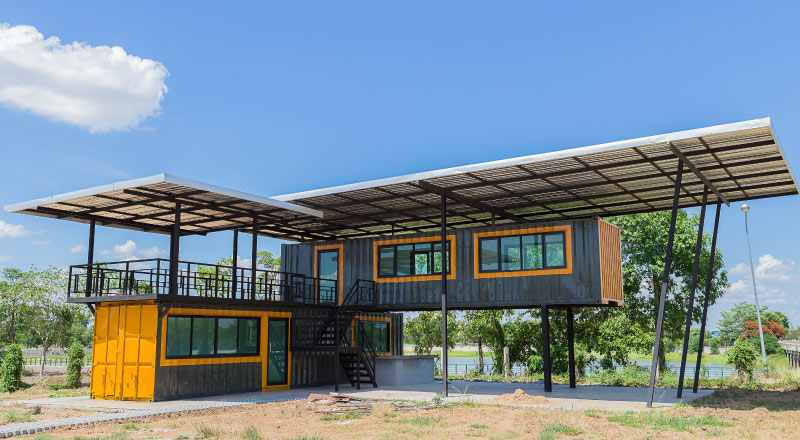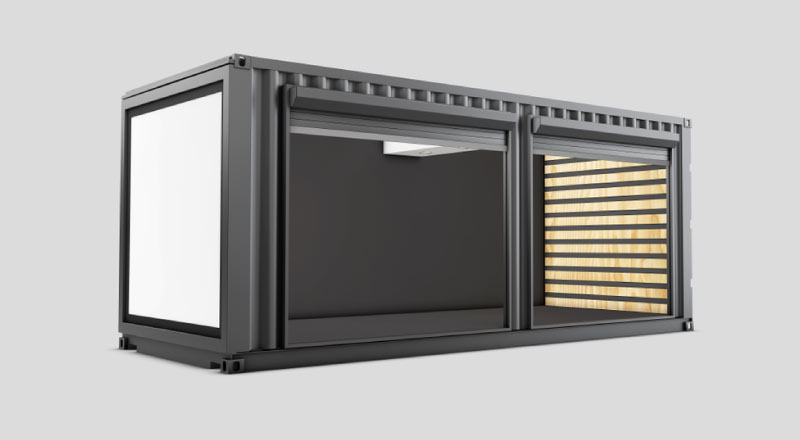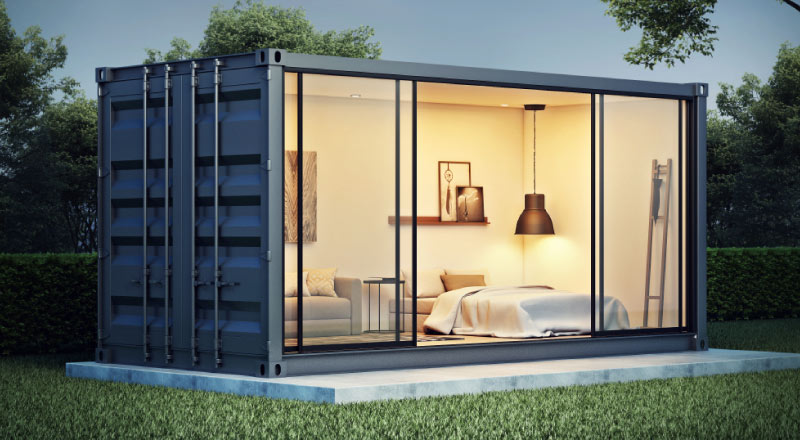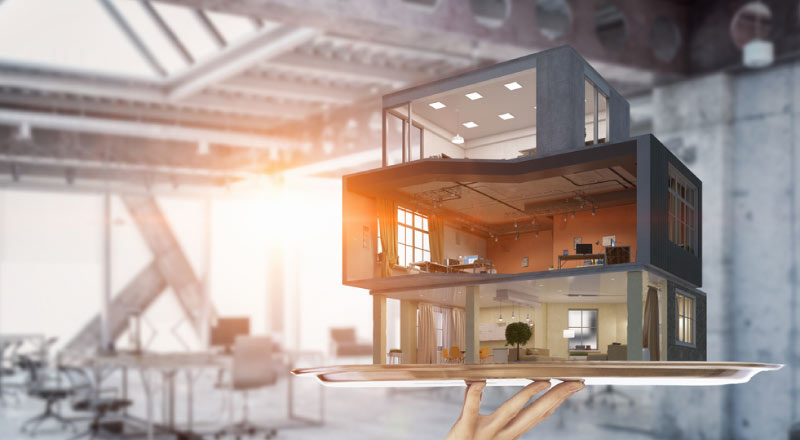An ever-increasing number of people are opting to build their homes using prefabricated construction rather than traditional stick-built methods because it has proven to be less expensive, more energy efficient, and much easier on the environment. But how did we get here? How did prefab homes evolve from mere hobbyist’s plaything to a mainstream option? If you’re curious about the history of these modular houses, this article will get you up to speed on how we got from prefab homes made out of shipping containers to those built in factories that can be assembled by just two people in less than 10 hours!
What was the construction scenario before prefab construction came into existence?
The major architectural movement that emerged in the 1930s and 1940s, in the late 20th century and early 21st century has seen a renewed interest in prefabricated homes, thanks in part to the rise of postmodernism. This architectural style emphasizes individual expression and often incorporates elements of vernacular architecture, which can be easily achieved with prefabricated homes. In addition, advances in technology have made prefab homes more affordable and easier to construct. As a result, prefab homes are becoming more popular than ever before.
The Time Equation of Prefab Homes

In today’s world, time is money. And when it comes to construction, the time equation is even more important. That’s why prefabricated homes are becoming more popular. By streamlining the supply chain and building homes in a controlled environment, prefab homes can be built faster and with fewer defects. Plus, prefabricated houses can be built to exacting specifications, meaning that there are fewer surprises during construction.
Finding Value

In the past, prefabricated homes were often seen as being of lower quality than stick-built homes. However, that perception has changed over time as people have come to see the value in prefabricated houses. The evolution of prefabricated homes has led to an increase in quality and a decrease in cost, making them a more viable option for many people. And with rising housing costs, one might even argue that prefabricated houses are a solution to the affordability crisis in real estate.
Future of Prefab Construction

As we look to the future of prefab homes, there are a few key areas that we can focus on to continue to improve the quality and affordability of these homes. One area is in the design process itself. By using more parametric design tools and better 3D modeling software, we can create more accurate models of prefab homes that help us to optimize the construction process. Additionally, new construction methods and materials (such as cross-laminated timber) are being developed that can further reduce the cost and time required to build a prefab home. Finally, as prefab homes become more popular, we can expect to see an increase in the number of companies offering prefabricated home kits and turn-key solutions.
With evolving prefab construction, Champion Prefabs has great architects who have great ideas on how to evolve with the new trends of construction. For an innovative & 3D design reach out to the experts we have here at Champion Prefabs

